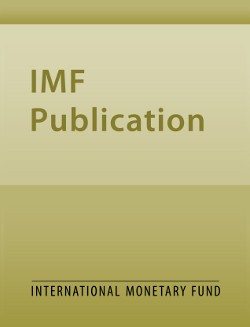
Reexamining the National Savings-Investment Nexus Across Time and Countries
Reexamining the National Savings-Investment Nexus Across Time and Countries
READ MORE...
Volume/Issue:
Volume 2020
Issue 124
Publication date:
ISBN:
Add to Cart by clicking price of the language and format you'd like to purchase
Available Languages and Formats
Topics covered in this book
This title contains information about the following subjects.
Click on a subject if you would like to see other titles with the same subjects.
Exports and Imports , Economics- Macroeconomics , Demography , WP , saving , investment , investment rate , savings-investment correlation , Feldstein-Horioka Puzzle , Investment , Savings , Causality , savings rate , labor-saving technology , saving variable , Domestic savings , Capital account , Estimation techniques , Income , Global , population share affect investment
Summary
Domestic savings and investment are positively correlated across countries and through time, as Feldstein-Horioka (FH) unveiled 40 years ago. We argue that an interpretation of this correlation based on market failures is more consistent with data patterns than alternative hypotheses. Moreover, resorting to instrumental variables techniques, we conclude that the relationship is causal: an exogenous rise in savings increases investment. This result holds in the full sample of countries and for emerging and developing economies, but there is evidence that the positive association in advanced economies is due to endogeneity bias. The core of our identification strategy relies on the idea that population age structure influences savings, but not total investment directly. Specifically, we use the share of adults in the [35-49] years of age bracket as an instrument for savings. Our estimates pass weak-instruments robust inference.
Copyright © 2010 - 2025
Powered by:
AIDC



